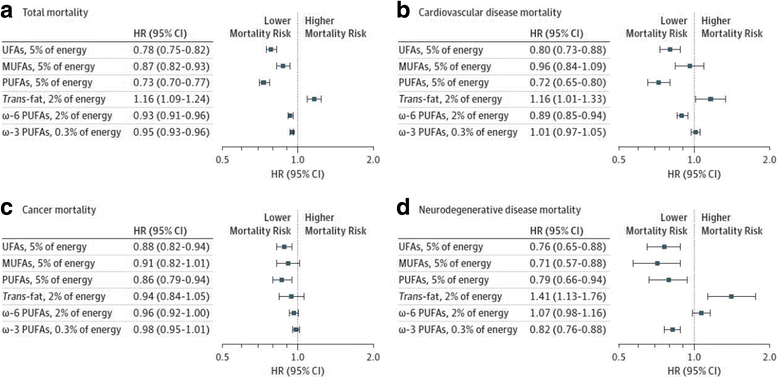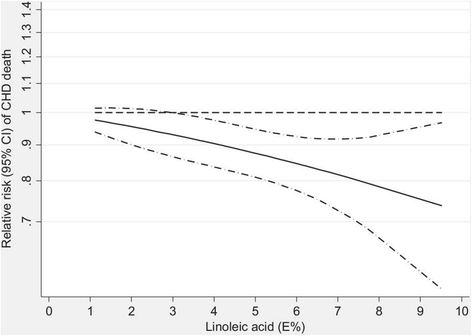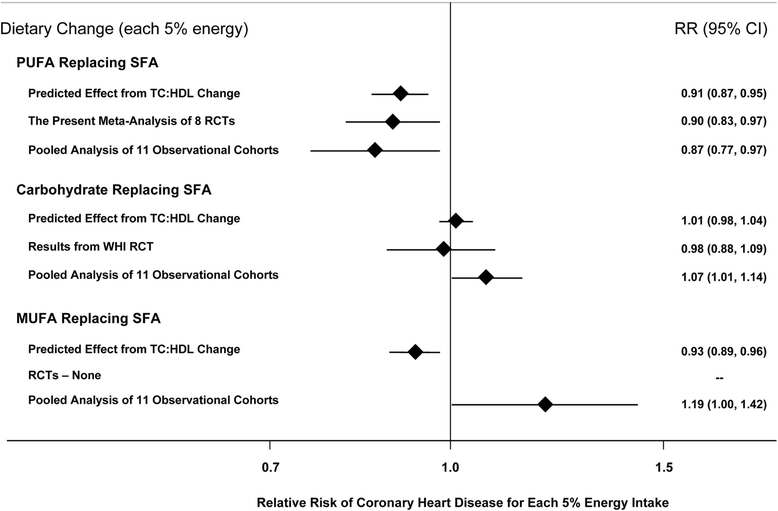A healthy approach to dietary fats: understanding the science and taking action to reduce consumer confusion
- PMID: 28854932
- PMCID: PMC5577766
- DOI: 10.1186/s12937-017-0271-4
A healthy approach to dietary fats: understanding the science and taking action to reduce consumer confusion
Abstract
Consumers are often confused about nutrition research findings and recommendations. As content experts, it is essential that nutrition scientists communicate effectively. A case-study of the history of dietary fat science and recommendations is presented, summarizing presentations from an Experimental Biology Symposium that addressed techniques for effective scientific communication and used the scientific discourse of public understanding of dietary fats and health as an example of challenges in scientific communication. Decades of dietary recommendations have focused on balancing calorie intake and energy expenditure and decreasing fat. Reducing saturated fat has been a cornerstone of dietary recommendations for cardiovascular disease (CVD) risk reduction. However, evidence from observational studies and randomized clinical trials demonstrates that replacing saturated fat with carbohydrates, specifically refined, has no benefit on CVD risk, while substituting polyunsaturated fats for either saturated fat or carbohydrate reduces risk. A significant body of research supports the unique health benefits of dietary patterns and foods that contain plant and marine sources of unsaturated fats. Yet, after decades of focus on low-fat diets, many consumers, food manufacturers, and restauranteurs remain confused about the role of dietary fats on disease risk and sources of healthy fats. Shifting dietary recommendations to focus on food-based dietary patterns would facilitate translation to the public and potentially remedy widespread misperceptions about what constitutes a healthful dietary pattern.
Conflict of interest statement
Ethics approval and consent to participate
Not applicable.
Consent for publication
Not applicable.
Competing interests
AGL received an honorarium from the Hass Avocado Board for writing and editorial services. FBH, PMKE, DM, and KMZ received honoraria from the Hass Avocado Board for participating in the symposium and manuscript preparation. PMKE is a member of the Avocado Nutrition Science Advisory Group. DM reports honoraria or consulting from Astra Zeneca, Acasti Pharma, GOED, DSM, Haas Avocado Board, Nutrition Impact, Pollock Communications, and Boston Heart Diagnostics; scientific advisory board, Omada Health and Elysium Health; and chapter royalties from UpToDate. NAF is an employee of the Hass Avocado Board.
Publisher’s Note
Springer Nature remains neutral with regard to jurisdictional claims in published maps and institutional affiliations.
Figures




References
-
- Gallop P. Americans Still Avoid Fat More than Carbs. Gallop Press; 2014.
-
- US Department of Health and Human Services; US Department of Agriculture. Health.gov, 1985 Dietary Guidelines for Americans. Washington, DC: US Dept of Health and Human Services; 1985.
Publication types
MeSH terms
Substances
Grants and funding
LinkOut - more resources
Full Text Sources
Other Literature Sources
Medical
Research Materials

